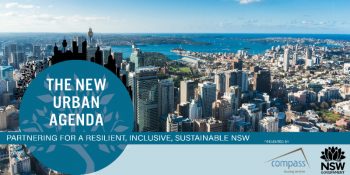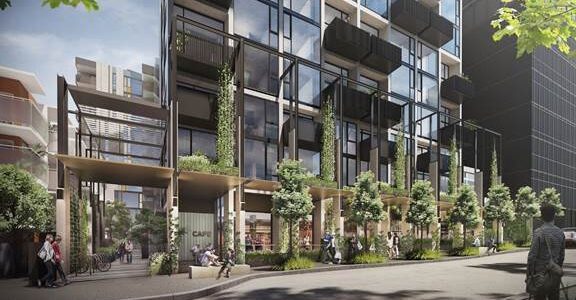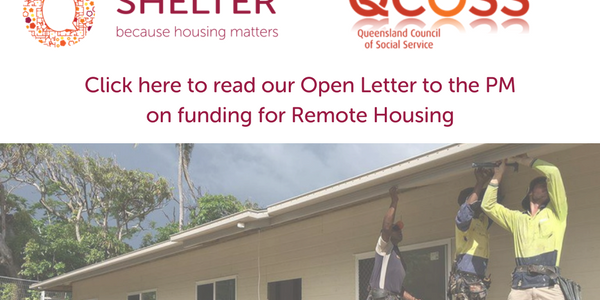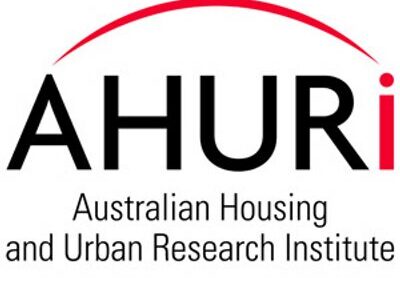This year’s Federal Budget shows exactly why Australia needs a National Housing Strategy, according to the Community Housing Industry Association (CHIA).
The $110m for five years to continue work on remote housing in the Northern Territory is very welcome, as is the added funding for the Australian Housing and Urban Research Institute and the Australian Bureau of Statistics to improve housing data. Spending on infrastructure to reduce urban congestion and improve transport networks to support our growing population is welcome. The $15m to encourage planning reforms in Western Sydney is a good start.
But this Budget is silent on one of the biggest pressures facing Australian households: housing affordability, says CHIA Executive Director Peta Winzar.
‘House prices at the top of the East coast capital city markets may be coming off the boil, but home ownership remains a challenge for many families on low and moderate incomes and more than 40 per cent of low income renters are in housing stress,’ Ms Winzar says.
‘Unless we have a National Housing Strategy and the programs to support it, housing will still be on the front pages of the paper in 12 months’ time, when tonight’s tax cuts promised tonight hit people’s bank accounts. And it will still be a problem in 2024 when the 37 per cent tax bracket is eliminated.’
In 2017, the Treasurer laid the groundwork for a coherent, sustained effort to improve housing affordability, raising the hopes of a growing number of Australians who are finding themselves it increasingly difficult to afford a secure, affordable and appropriate place to call home.
‘We now need a National Housing Strategy to follow through,’ Ms Winzar says.
‘We need a National Strategy that commits to more fundamental tax reform to remove the distortions in the housing market. A Strategy that includes reform of Commonwealth Rent Assistance to reduce rental stress for private renters. A Strategy that sets housing as a core component of infrastructure investment. A Strategy that commits to delivering 200,000 social and affordable dwellings over the next decade.
‘We need a National Housing Strategy which guides a sustained effort of all levels of government to fix housing affordability, especially for those on low and moderate incomes. Because being able to afford somewhere to live is more important than a generic tax cut,’ Ms Winzar says.











